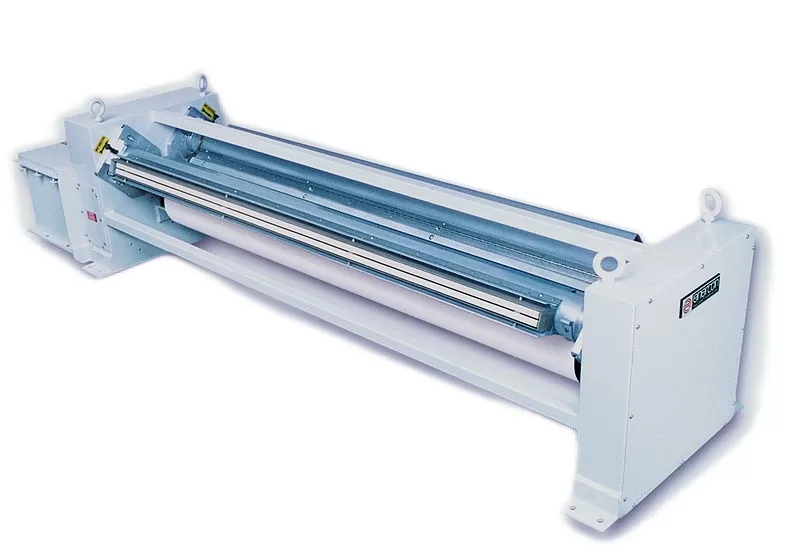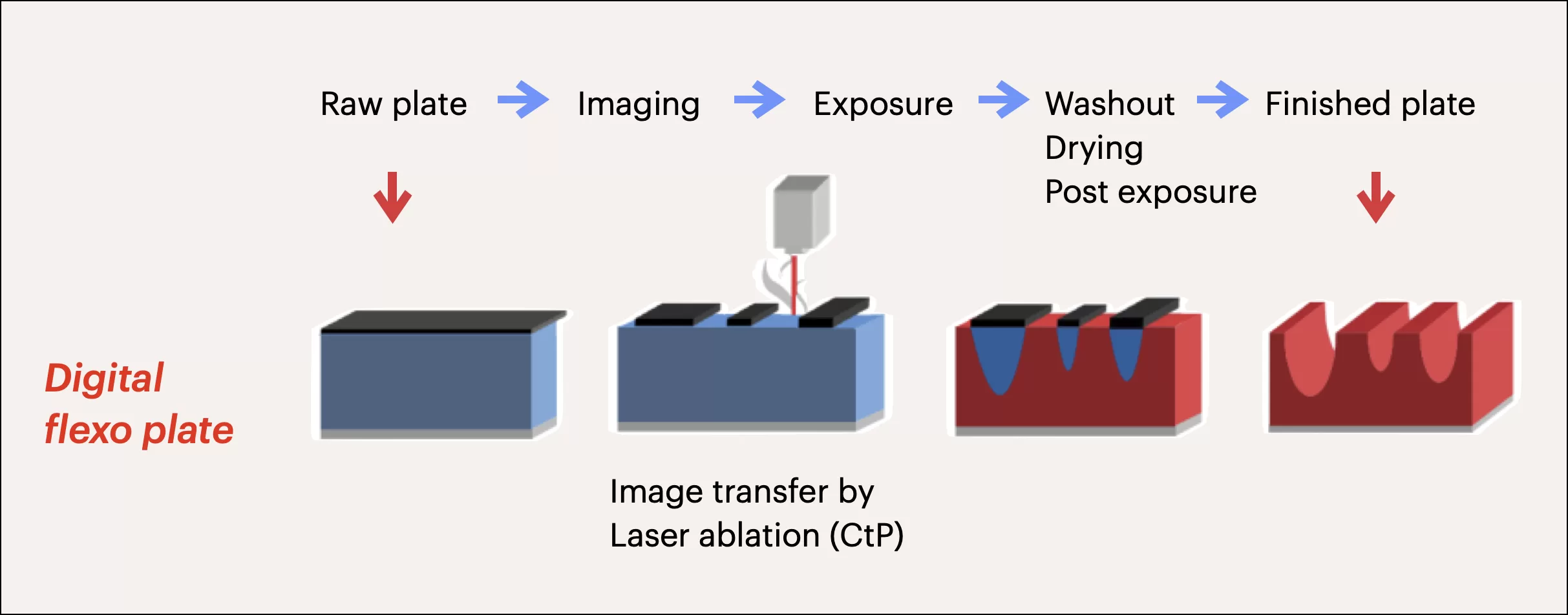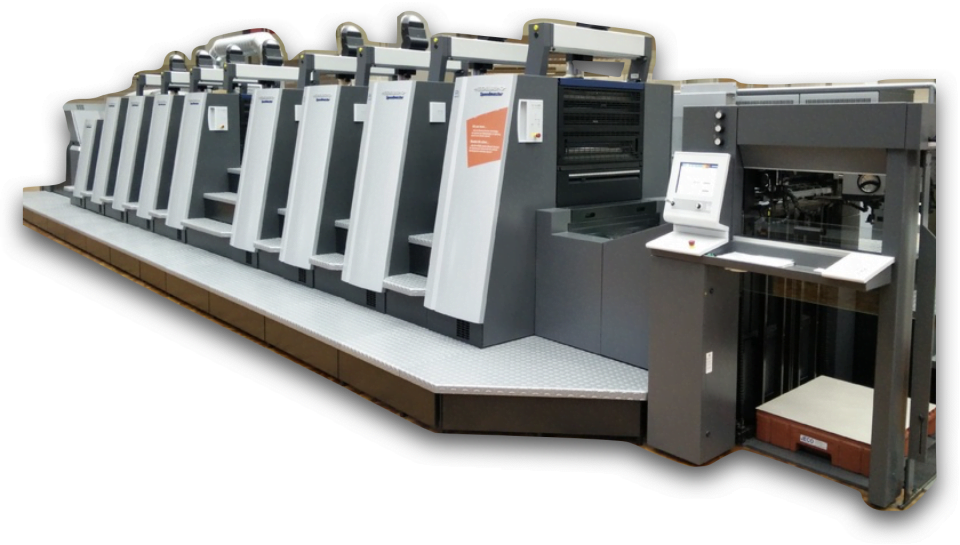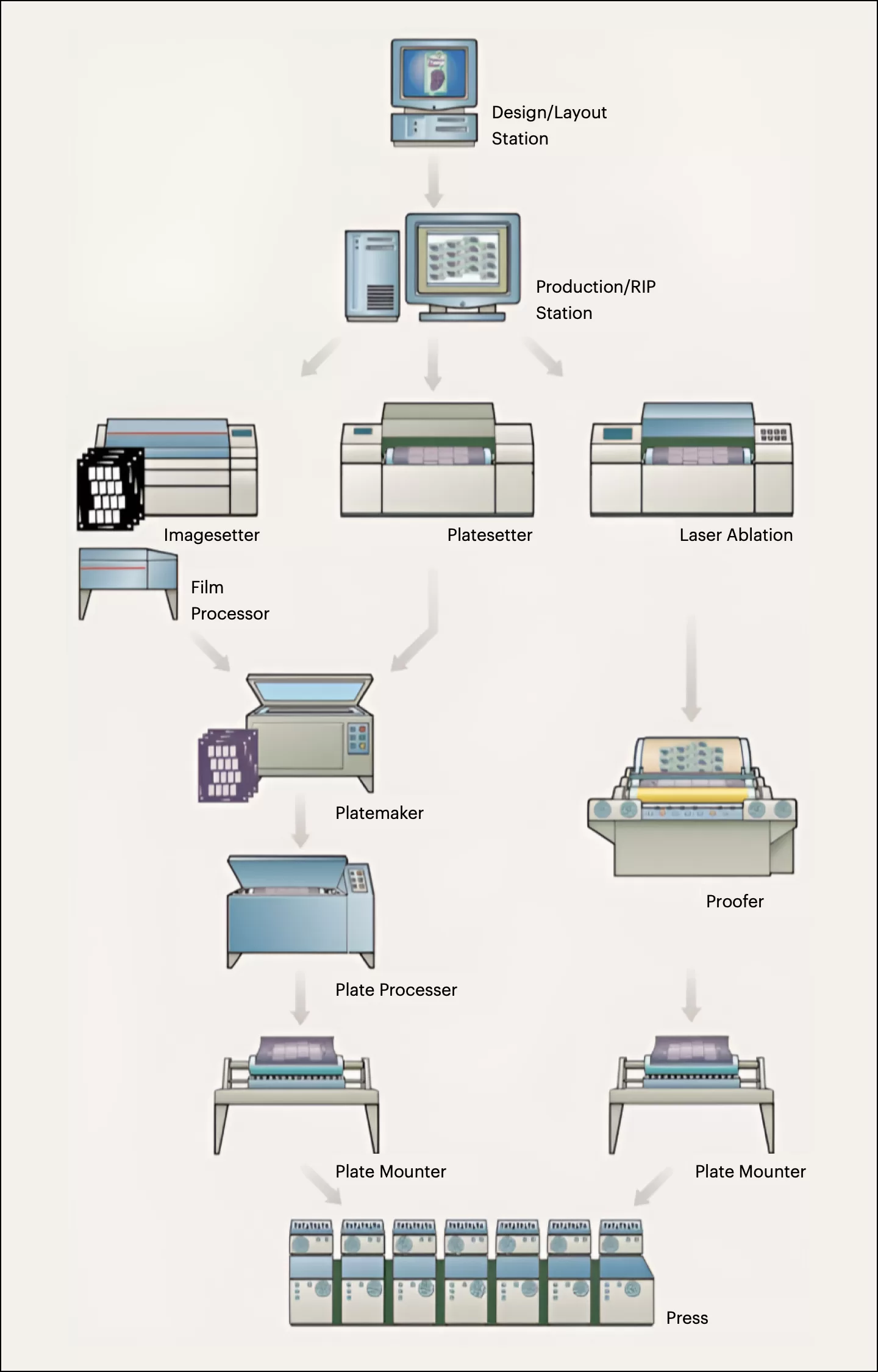In the competitive market of flexographic printing, high-quality print and packaging production hinge on the fine balance between innovation, precision, and efficiency. In flexo printing, a crucial aspect of achieving this balance involves the surface treatment technique known as corona treatment – an essential step for ensuring impeccable substrate adhesion. This article delves into the intricacies of corona treatment in the context of flexo printing, highlighting its significance, the procedural nuances, and essential considerations for optimising application.
Why Corona Treatment is Important in Flexo Printing?
Fundamentally, corona treatment revolves around augmenting the surface energy of printing substrates to facilitate better ink adhesion. Given that flexo printing often involves non-absorbent materials such as polyethylene, polypropylene, and polyester, corona treatment is indispensable for overcoming the intrinsic hydrophobic characteristics that impede the bonding of inks, coatings, and adhesives.
The technical premise of corona treatment lies in a high-voltage, high-frequency electrical discharge that takes place between two electrodes, across which the printing substrate is conveyed. When subjected to this corona discharge, the surface molecules of the substrate undergo partial ionisation, creating high-energy free radicals. These free radicals react with the atmospheric oxygen, leading to the formation of polar functional groups (for instance, hydroxyl or carboxyl groups) on the material’s surface. The newly incorporated functional groups enhance the substrate’s dyne level – essentially its surface energy – thus drastically improving its wetting properties.
For flexo printing, this dynamic surface modification underpins the success of ink adhesion. As treated substrates exhibit a heightened affinity for inks, the resulting prints are sharper, more durable, and display enhanced visual appeal. Furthermore, the longevity and abrasion resistance of the final product are considerably improved, making corona treatment not merely a process enhancement but a necessity for quality assurance in flexo printing.
Variables to Consider
Executing corona treatment requires meticulous calibration to accommodate the variety of materials used in flexo printing. The primary variables in this process include the electrical output (or watt density) and the treatment speed, which must stay harmonised with the substrate’s properties and the desired level of dyne. Additionally, the gap between electrodes and the treater roll demands precise adjustment to ensure uniform treatment across the substrate’s breadth.
A deeper understanding of these variables is crucial for practitioners seeking to refine their printing outcomes. As each substrate reacts distinctly to corona treatment, substantial empirical knowledge and a customised approach are essential for achieving optimal adhesion without compromising the substrate’s intrinsic qualities.
Precautions for Corona Treatment in Flexo Printing
However, the benefits of corona treatment come with certain caveats. Timing plays a pivotal role; the effects of corona treatment are not everlasting, with the surface energy of certain substrates gradually diminishing if not utilised in a prompt manner post-treatment. On the other end of the spectrum, over-treatment can damage the substrate, potentially leading to issues like pin-holing and decreased mechanical integrity. It is, therefore, imperative to strike a judicious balance, tailoring the treatment to the immediacy and nature of the printing application.
Moreover, considerations surrounding safety and environmental impact are paramount. The high voltages involved in corona treatment necessitate stringent safety protocols to protect operators. Equally important is the management of ozone, a by-product of the corona discharge, which necessitates adequate ventilation and, in some scenarios, the integration of ozone destruction systems to mitigate potential health risks and environmental harm.
Conclusion
The intricate mechanics and nuanced application of corona treatment underscore its status as an art within the science of flexo printing. Constant advancements in technology and a deepening collective expertise are shaping corona treatment not merely as a printing pre-requisite but as a field of ongoing innovation. Practitioners equipped with an in-depth understanding of these processes and a keen eye on emerging trends are poised to lead the industry towards higher standards of print quality and operational excellence.
Ultimately, a well-orchestrated corona treatment process is indispensable for any flexo printing operation that aspires to deliver superior-quality products. With the rise of sophisticated materials and a growing demand for print perfection, mastery of surface treatments like corona will remain at the forefront of the industry’s evolution.






